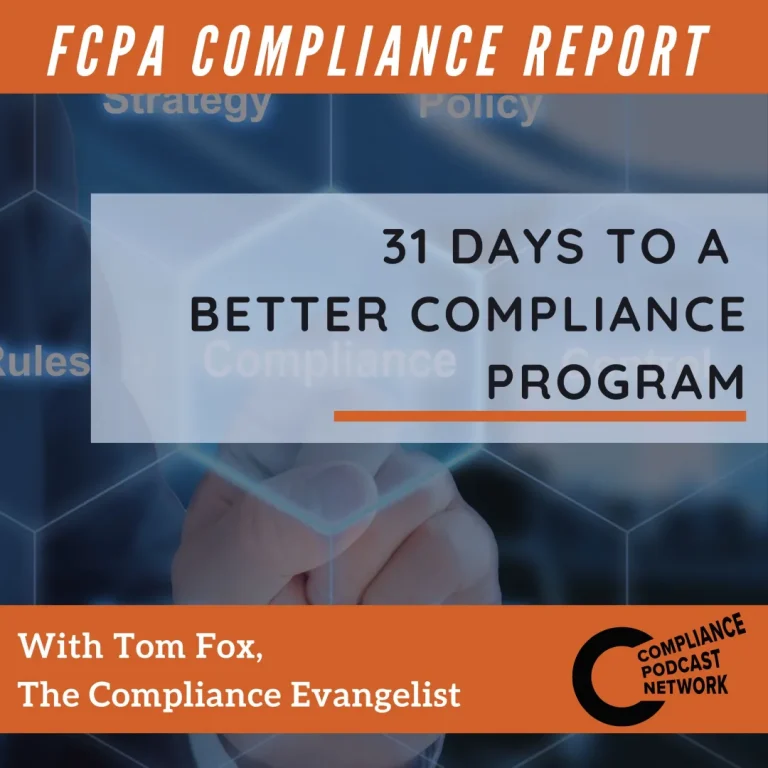The DOJ has made it clear that middle management is critical to any compliance program’s success. While it does all start at the top, with the Board of Directors and senior executives setting the tone for the rest of the company, prosecutors are mandated, under the 2023 Evaluation of Corporate Compliance Programs (ECCP), to show how middle management, in turn, has reinforced those standards and encouraged employees to abide by them. Moreover, the ECCP posed several questions to middle management, including the following: What actions have middle-management stakeholders taken to demonstrate their commitment to compliance or compliance personnel, including their remediation efforts? Have they persisted in that commitment in the face of competing interests or business objectives?
The DOJ expects compliance to be operationalized down to the middle management level. Further experience has shown that employees prefer to speak to their direct supervisors about issues or potential compliance violations they become aware of. The question is: how can a corporate compliance function reach middle management? This is a key area of assistance that Human Resources can provide, as one of the ways that HR can help to operationalize compliance is to assist each level of an organization to have a proper tone, specifically the middle of an organization.
You must think about your communication lines and communication skills when conveying your message of compliance from the top into the middle of your organization.
Three key takeaways:
- While the tone at the top is critical, the middle tone can work to operationalize compliance more fully.
- How do you train middle managers?
- What compliance tool kit do you provide to middle managers?
For more information, check out The Compliance Handbook, 4th edition, here.



